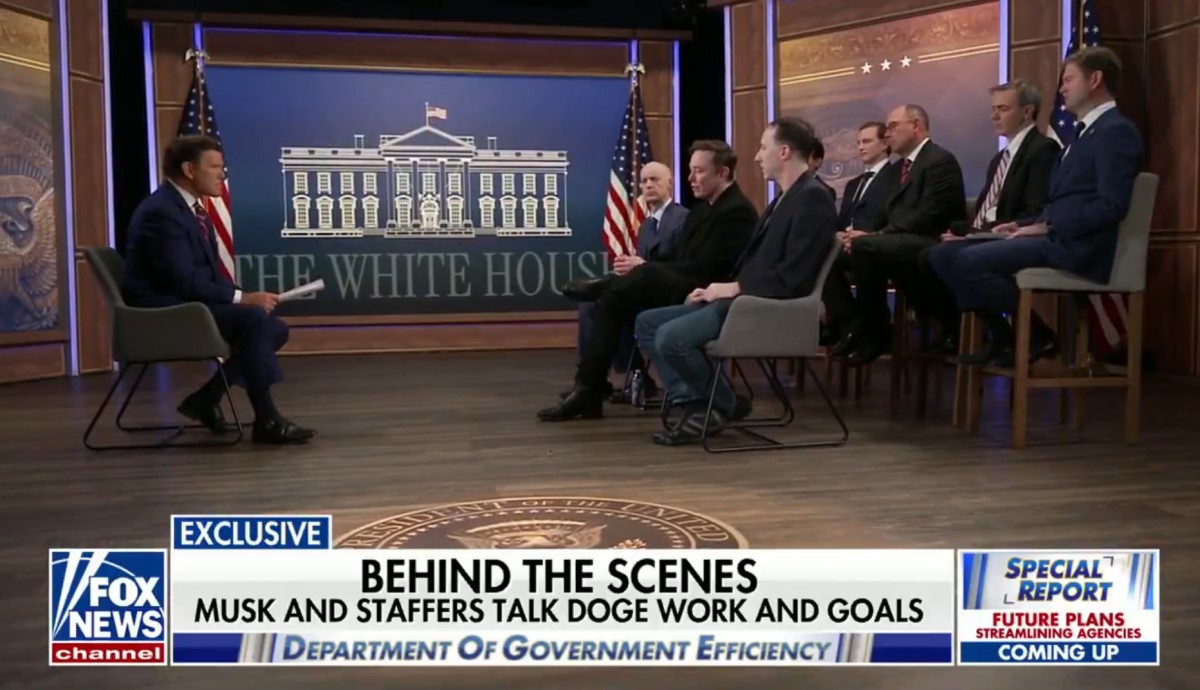New bill aims to limit big banks’ influence on Federal Reserve Board.
Senators Propose Bipartisan Bill to Curb Big Banks’ Presence on Federal Reserve Boards
Eliminating Conflicts of Interest and Bolstering Accountability
In a move to eliminate conflicts of interest and bolster central bank accountability, two senators have proposed a bipartisan bill to curb big banks’ presence on the boards of regional Federal Reserve banks. During a Senate Banking, Housing, and Urban Affairs Committee hearing, Sen. Elizabeth Warren (D-Mass.) announced the proposal, which seeks to limit which banks can serve as Class A directors of the Federal Reserve’s 12 regional banks. The bill calls for restricting eligibility to banks with less than $50 billion in assets and blocking banks with an “above-average” number of outstanding supervisory warnings.
Addressing Potential Conflicts of Interest and Bolstering Transparency
The fallout from the collapse of Silicon Valley Bank (SVB) has sparked concerns about conflicts of interest. SVB’s former CEO, Greg Becker, was a Class A director on the board of the San Francisco Federal Reserve. To address potential conflicts of interest and bolster transparency, Warren’s and Scott’s proposal would open up the process of appointing directors and presidents of the Fed regional banks to public comment and hearings. It would also establish 10-year term limits for appointees while requiring the Washington-based Federal Reserve Board of Governors to launch a review of top regional Fed officials if a bank fails in their district.
Apologies and Findings
Becker testified before the Senate Banking Committee, apologizing for the “devastating” collapse of SVB, which he blamed on the high interest rate environment and a torrent of deposit withdrawals. However, a Fed report blamed the collapse on a failure on the part of SVB’s senior management to “manage basic interest rate and liquidity risk.” The report also faulted SVB’s board for having “failed to oversee senior leadership and hold them accountable,” while also saying that Fed supervisors “failed to take forceful enough action” with regard to the shortcomings in which SVB was managed.
The Unwind of SVB
SVB relied on funding from extremely large deposits from the tech sector, most of which were uninsured, meaning above the $250,000 deposit insurance cap offered by the Federal Deposit Insurance Corporation (FDIC). The rapid unwind of SVB occurred when uninsured depositors began to pull out their money en masse after the bank reported a $1.8 billion loss on bond sales that had dropped in value owing to the Fed’s rate boosts. A day before SVB’s collapse, its customers withdrew $42 billion in a single day, leaving it with a negative cash balance of about $1 billion. The fallout from SVB’s failure drove increased deposit outflows from smaller regional banks, with deposits at such institutions falling by a record amount during the week following SVB’s collapse.
Conclusion
The proposed bipartisan measure seeks to eliminate conflicts of interest and strengthen accountability at the Fed. It remains to be seen how the Federal Reserve will respond to the proposal.
" Conservative News Daily does not always share or support the views and opinions expressed here; they are just those of the writer."





Now loading...